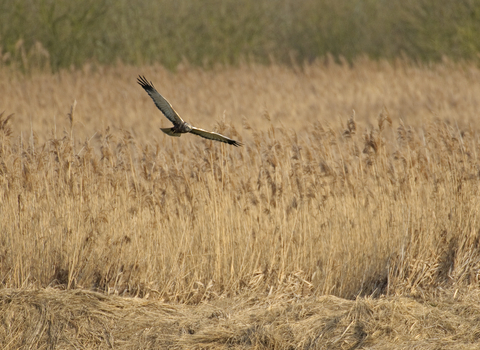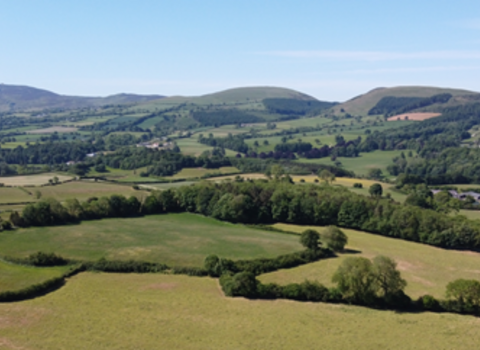The Wildlife Trusts are calling on the UK Presidency of the global climate conference COP26 to tackle the nature crisis alongside the climate emergency – or neither will be solved. Today the charity publishes a COP26 edition of its nature-based solutions report, Let Nature Help. It explains how climate change is driving nature’s decline, whilst the loss of wildlife and habitats leaves us ill-equipped to reduce emissions and adapt to a changing world.
Craig Bennett, chief executive of The Wildlife Trusts, says:
“Net zero needs nature. Nature needs net zero. Both need to be resilient to the climate of the future. Nature’s fantastic ability to trap carbon safely and provide other important benefits is proven – peatland, woodland, saltmarsh and other wild habitats are vital carbon stores. But these natural places are in decline and face even greater risk of degradation from the extreme climatic conditions that are already inevitable over the next 30 years. It’s becoming a vicious spiral of damage – one that has to be stopped right now.
“In addition to the urgent task of cutting emissions at source, we need to see an enormous rise in the amount of land and sea that’s protected for nature – and increase it to at least 30% by 2030. Also, the Government must embed climate action – mitigation and adaptation – across every department and take urgent steps to stop carbon-emitting activities such as new road building, peat burning and trawling the seabed.”








